PRESENT FOREVER is the new go-to source for discovering independent clothing brands, makers and stores from across the globe. Follow us on IG here and here
This is part two of a new, ongoing series exploring the past, present and future of clothing from and/or inspired by the (Tyrolean) Alps.
The first installment of this series set out from the idea that menswear is currently “running for the hills”, with a number of exciting brands having a “Tyrolean moment” — taking aesthetic cues not from high-performance alpinism but from the everyday activities in a hillside hamlet. Some of these brands are located elsewhere on the globe yet find inspiration in a roughly European rural or countryside look. One example from this category is Petrosolaum, the Japanese footwear label founded by the brothers Sotaro and Ryo Ogina which since their start in 2012 has released several versions of the “Tyrolean.” Other brands not just reference Alpine, or more specifically Tyrolean, garments but themselves find their physical origins in this vast mountainous region. (To give some geographical perspective: covering over 200,000 square kilometers, the Alps are spread over eight countries — France, Monaco, Italy, Switzerland, Liechtenstein, Austria, Germany and Slovenia; and includes Tyrol as one of several historical regions, located in the Alps of Northern Italy and western Austria.)
This weekly feature highlights four names from this category of Alpine brands that are well worth exploring. Despite their differences — whether design- or price-wise — they share an interesting characteristic, one that may help us make sense of a question that seems to be on many people’s minds today: “If Gorp is dead, what life will outdoorsy clothing live next?” This particular characteristic, I believe, could well be this: in order to look forward, they look back. What does this mean? Like gorp- and technical brands, they’re future-oriented. Yet, the future they’re oriented to is not futuristic but historical. Rather than a future of synthetic fibers and fabrics and chemically-processed garments — all meant to protect against the elements as optimally as possible — their future is one that’s less counterintuitive: it revives the age-old human insight that, in order to live in nature, it’s best to live in harmony with nature. Therefore, they prefer to utilize the technical abilities of natural materials, made with tried-and-true techniques on traditional looms. As one Vienna-based brand — Conflicts of Nature — beautifully captures it: the overall sentiment here is not of a backward-looking nostalgia, it’s about creating “memories of the future.”
What follows is an open-ended list which I aim to update as this series continues. Let me know what you think, and who you feel should be added to it.
RIER
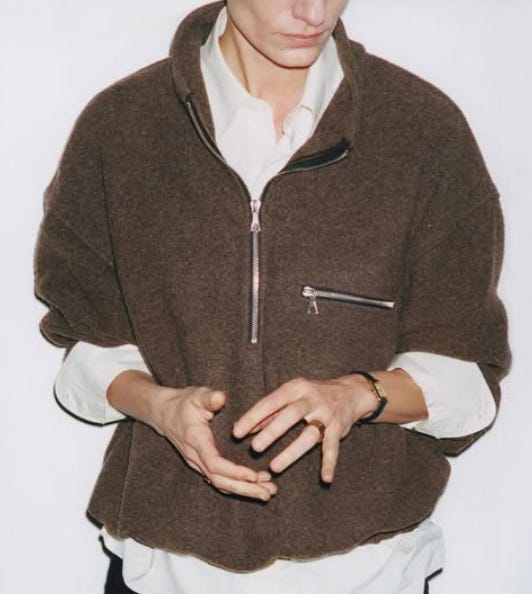
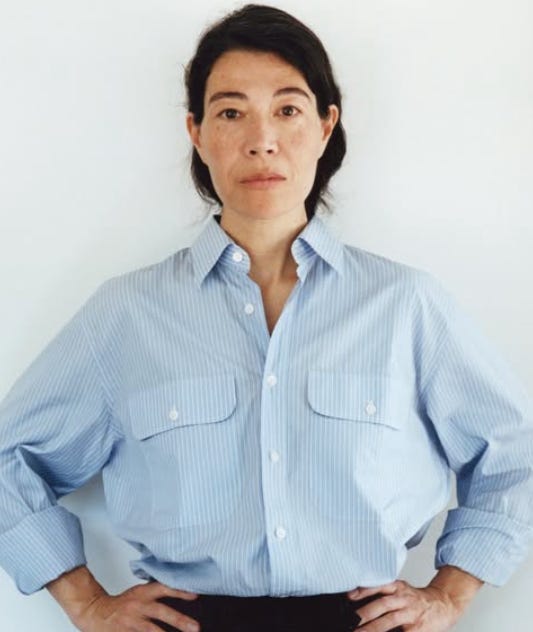
Location?
Paris, France
Who?
Rier was founded by Andreas Steiner in Paris in 2019 to offer what he calls “flawlessly decontextualised heritage luxury garments.” Steiner, who worked for Prada, Miu Miu and Louis Vuitton, grew up in a mountain village in the Italian Alpine region of South Tyrol. His design influences trace back to moments and feelings from his youth, spending days on end “in pure nature, without electricity, in a small cottage, with heavy rain, the farmer’s dog barking next door.” Although still a young brand, Rier is already of New York Times fame. In October of this year, NYT’s fashion and style writer Jacob Gallagher devoted a piece to Rier’s $910 fleece pullover (the ‘Polar Natural Fleece’).
Why?
The reasons behind the high retail prices (and appeal of) Rier’s collections are clear enough: they’re committed to building a transparent supply chain, with responsibly sourced, natural materials made in collaboration with local Italian and Austrian artisans. Take the ‘Polar Natural Fleece’, available in six colors. Made from 100% natural wool fleece, its fabric and tailoring are both done in Austria. Or take the ‘Rain Boots’, which are made in collaboration with the Vienne shoe manufacturer Ludwig Reiter, founded in 1885. It features an interior lining done in neoprene (one of the first synthetic rubber products, dating back to 1930), a leather footbed, a lower outside part made of natural caoutchouc (or natural rubber) and upper outside part of soft horse front hide. All Rier designs are raw and minimalist, utilitarian and luxurious, and many of them reference 20th-century pieces from heritage Tyrolean brands like Giesswein and Geiger.
Where?
Rier is available through the brand’s own website as well as via over 50 global stockists.
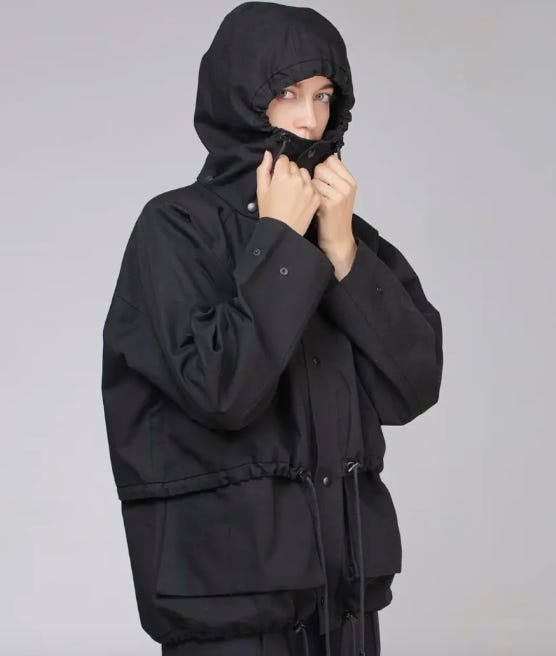
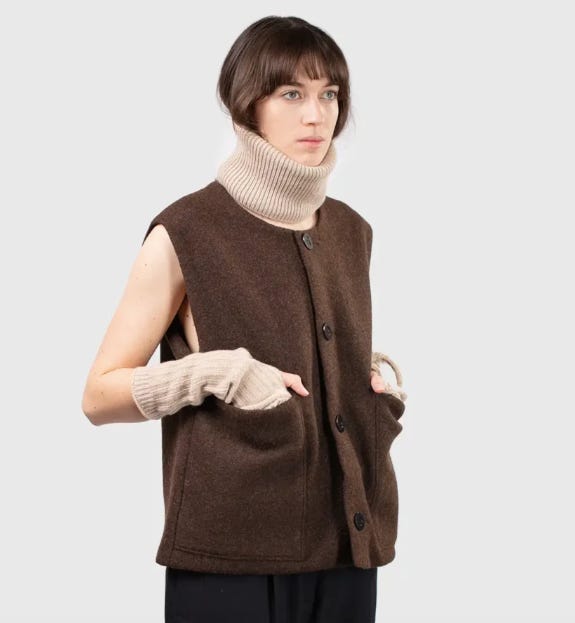
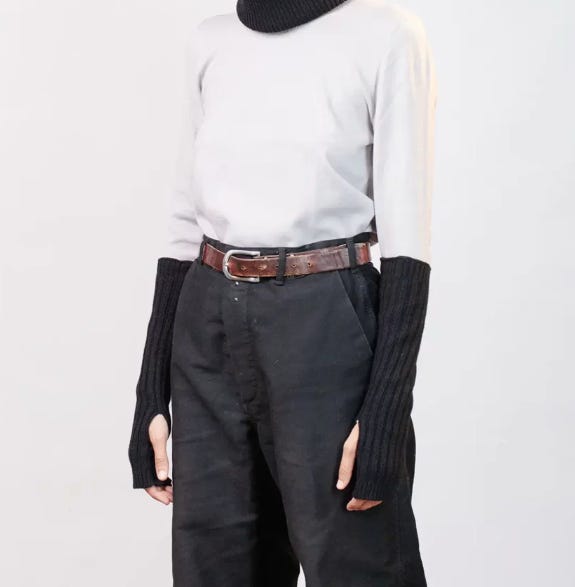
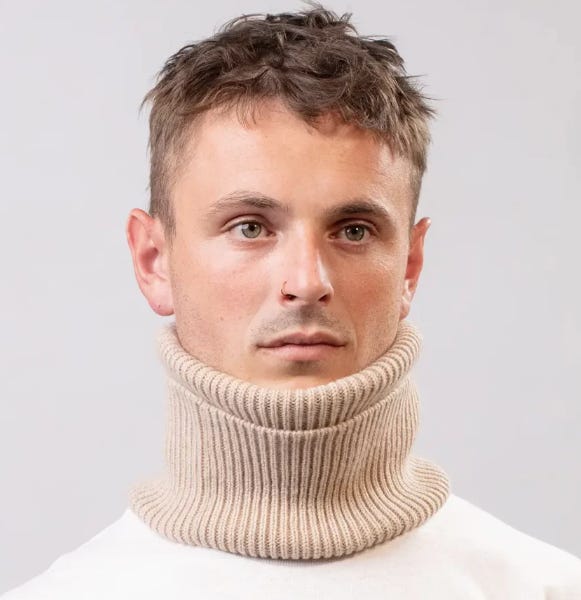
Location?
Le Sappey en Chartreuse, France
Who?
Maison Douillet was founded in 2021 by Clément and Germain Douillet. The two brothers grew up in the French Alps, which inspires them to move at their own “graceful, glacial pace.” The brand offers timeless clothes and accessories, released in the form of a permanent collection, seasonal items and small-batch capsules (“L’Alpage” and “The Forest”).
Why?
One of the brand’s major appeals lies in the fact that all their suppliers border the Alps, from Tarn in France to Filpucci in Italy, and Gottstein in Austria, and they work exclusively with French artisans, including Tissage d’Autan in Tarn, Ateliers de Boissiers in Haute-Loire, Emo in Aube, and Ateliers ARP in Paris. Also, the Douillet brothers are committed to pay tribute to the ancestral knowledge of their home region, valuing the high intrinsic quality of both common and rare natural materials — from cashmere to boiled wool — as well as its color palette and utilitarian lifestyle.
Where?
Maison Douillet is available through the brand’s own online store as well as via The Store by Maidens.
BERGFABEL
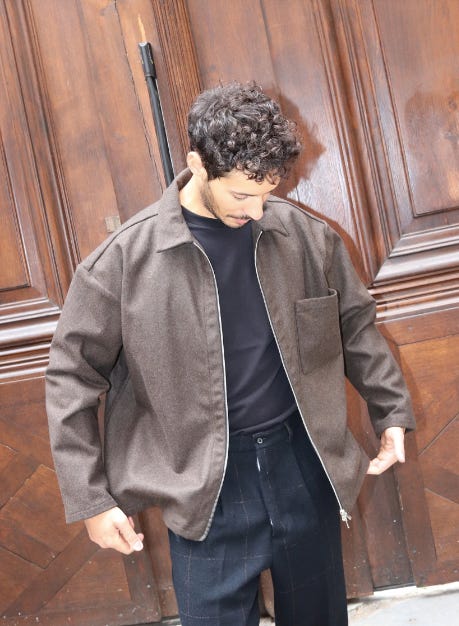
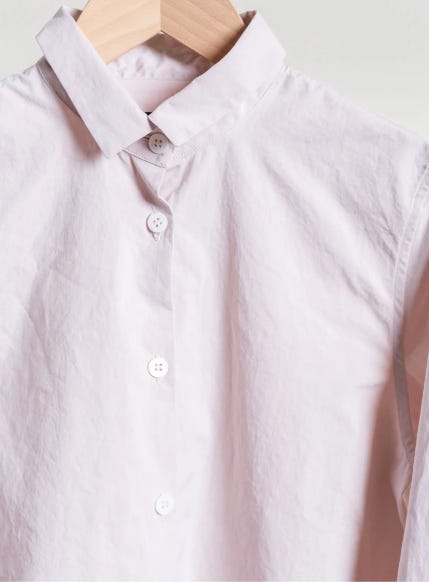
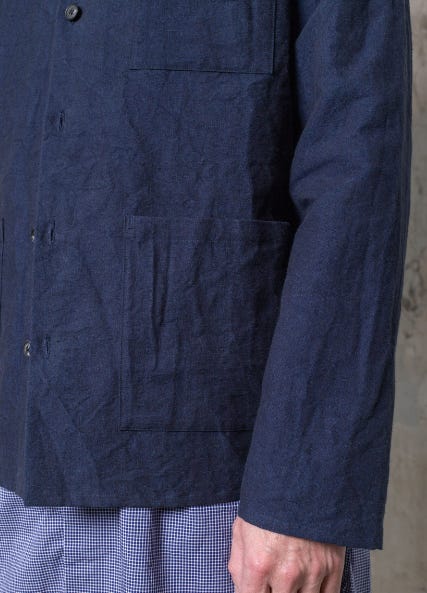
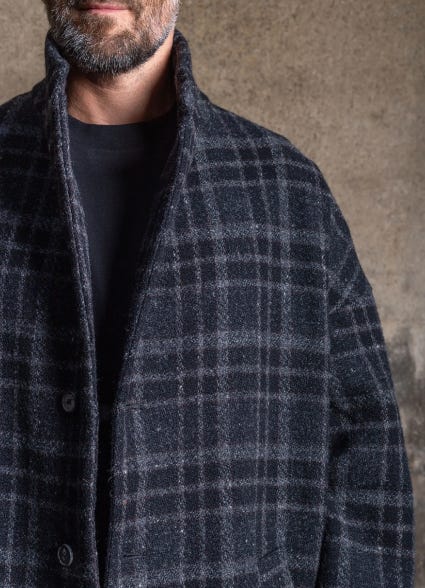
Location?
Tyrol (exact location unknown — no website, no IG)
Who?
Founded in 2014 by designer Klaus Plank, collaborating with his partner Barbara True to its name — “Bergfabel” is a portmanteau of the German words for “mountain” (Berg) and “folktale” (Fabel) — the brand tells the story of Plank’s native South Tyrol: a region tucked between the Alps where Austria and Italy meet, it is characterized, on the one hand, by the harsh conditions of the mountains and, on the other hand, by fairytale-esque lakes, villages and landscapes. Or, in Plank’s own words: “Bergfabel is a trip, a voyage of my past. Memories of my childhood, the smell of the forest, the intense blue of the sky, the colorful sounds of the street musicians, the peace, the silence and the simplicity of nature. Bergfabel is the love I re-found fr my origins — a concept, a lifestyle, a philosophy that I try to convey through my clothes.” The brand doesn’t do seasonal collections, but instead adds one piece after another at a slower, yearly pace.
Why?
More than any of the other brands included here, Bergfabel finds inspiration in traditional costume and fabrics, as found in the town workplace and local festive events in typical “Tirol” style. With some of the designs bordering on a somewhat quaint avant-garde aesthetic (case in point: the gathered sleeves on the ‘Giulia Jacket’), the choices involved in their attentive creation are the major appeal: high-quality, South Tyrol-sourced felt, wool and linen made using traditional techniques and machinery.
Where?
Bergfabel is available from selected retailers, including Rendez-Vous, Mouki Mou and Dick’s.
TERESA MAIR
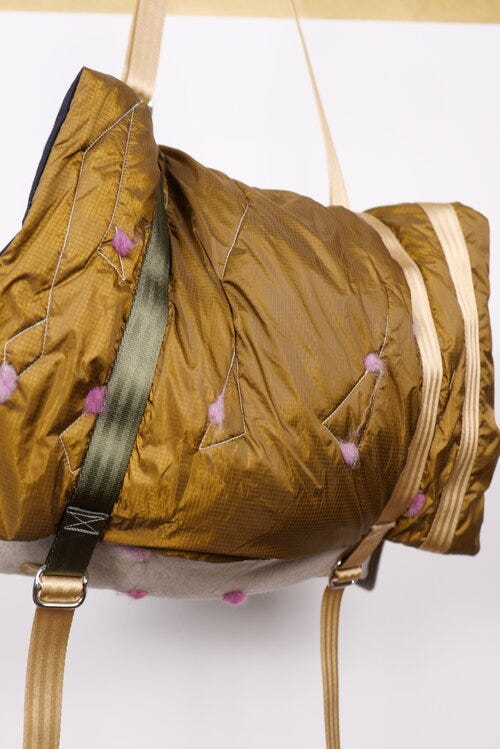
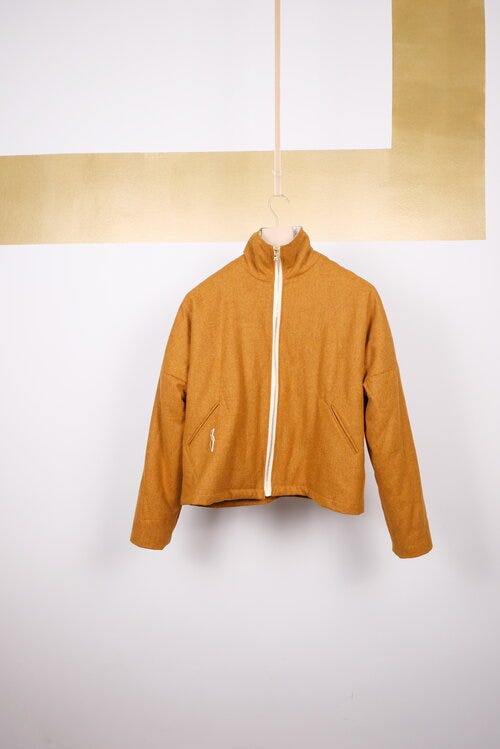
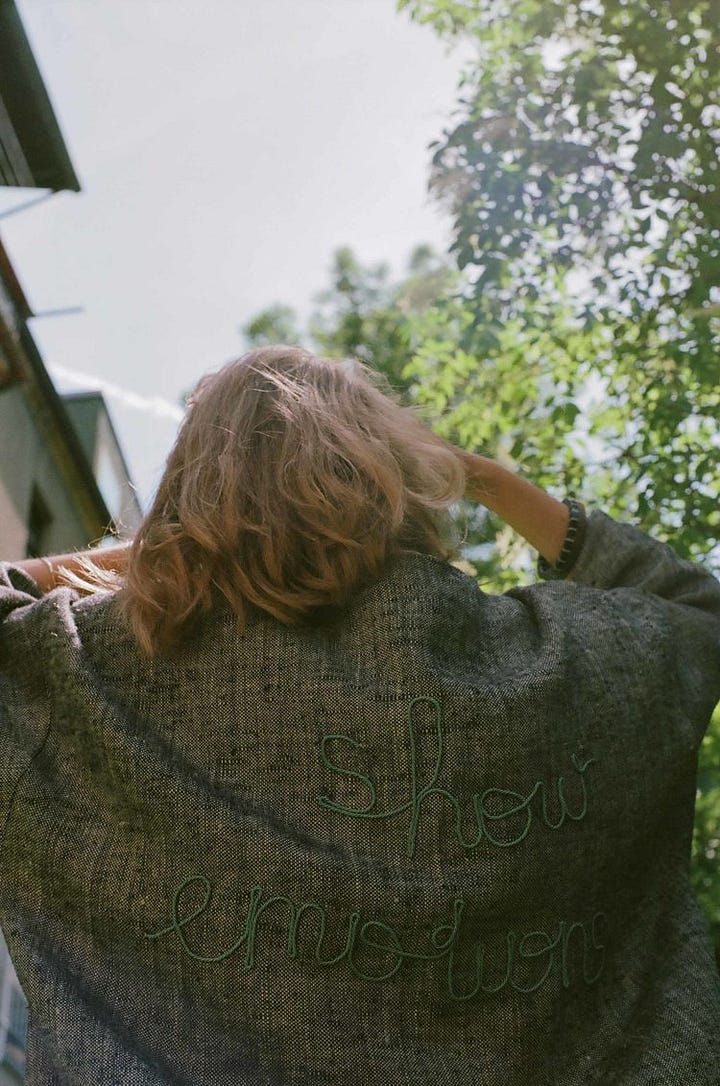
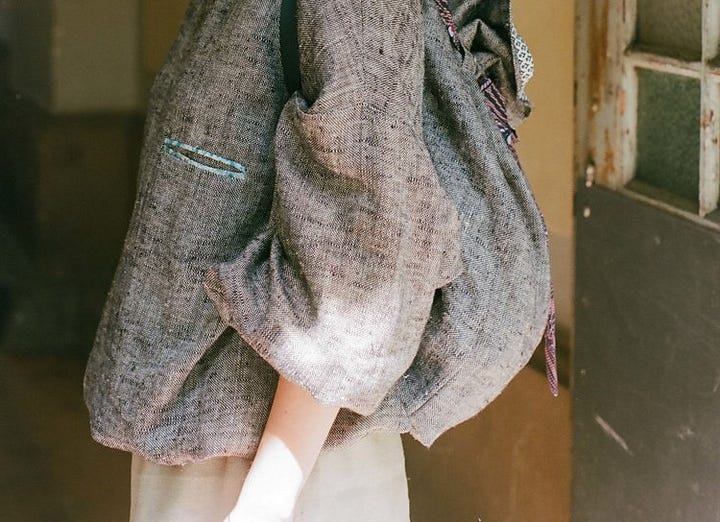
Location?
Innsbruck, Austria
Who?
Teresa Mair is an Austrian-born fashion designer and architect, who currently lives in Tyrol, Vienna and Helsinki. She founded her namesake brand in 2017, introduced on their website in rather mysterious (or is it humorous?) terms: they’re “transcending creations” through “a sense of logic and integrity” and they’re “dignified and protective, pretty much like a decently responsible momma bear.”
Why?
This self-description notwithstanding, the designs are serious and really good. Teresa Mair has so far presented five collections (labelled “CC1” to “CC5”), each of which is heavily research-driven. “CC3: Serendipity,” for example, examined traditional knitting techniques and patterns from the Alps — more specifically the Alpine regions of Tyrol, Vorarlberg, South Tyrol and Bavaria — which were then reinterpreted into contemporary, locally manufactured pieces. The most recent collection, “CC5,” draws its color palette from the impressionistic art movement (tulip pink, curry orange, shimmering gold) and introduces light Merino Wool Loden, lined with Ötztaler sheepswool from Tyrol.
Where?
As far as I can tell, Teresa Mair pieces are only available through the brand’s own online shop.
Cover image: Veronika Kunz in The Skirt Chronicles Volume IX “Table Tennis at the Office” series, wearing the Rier natural wool Fleece and corduroy trousers. Photographed by @philengelhardt





